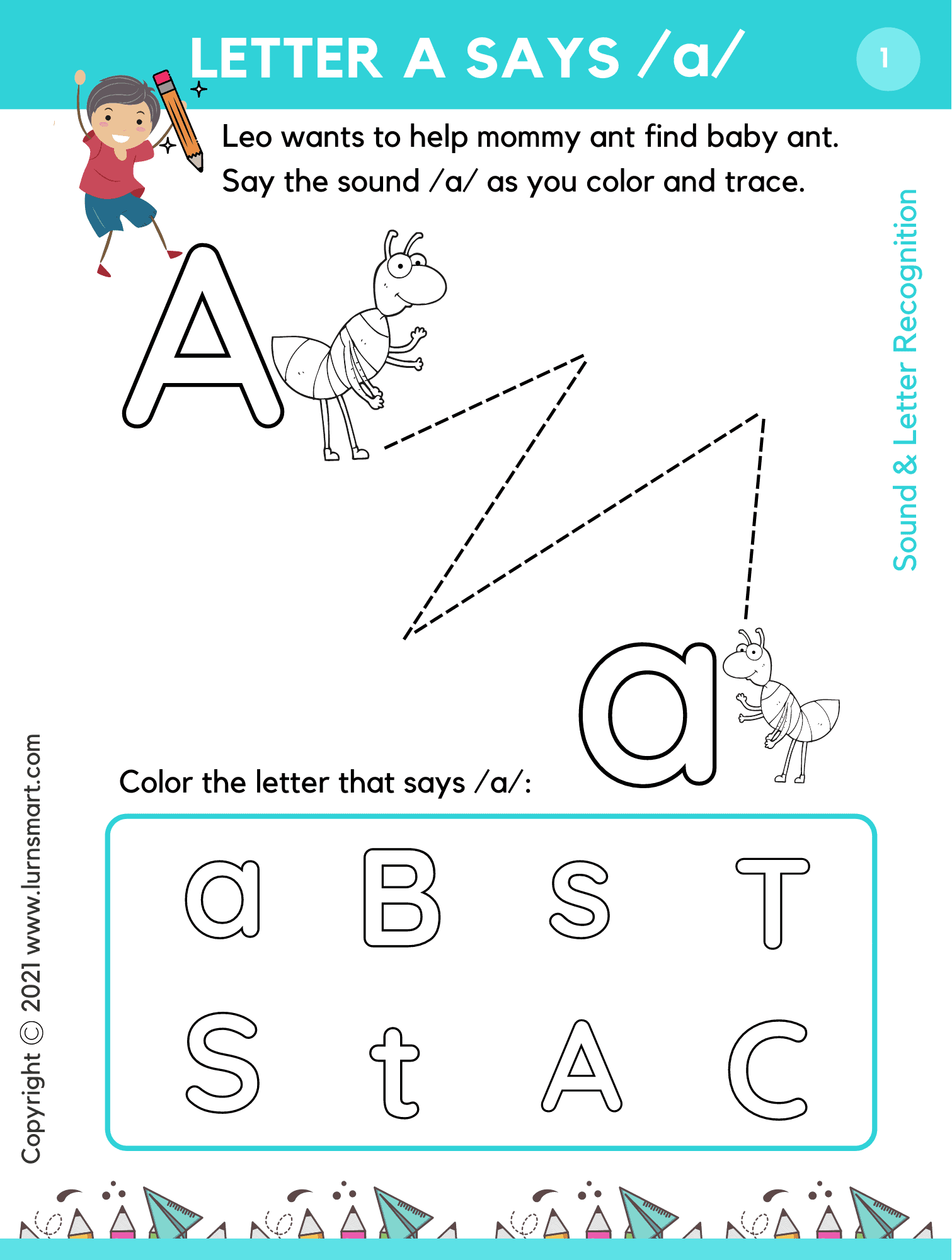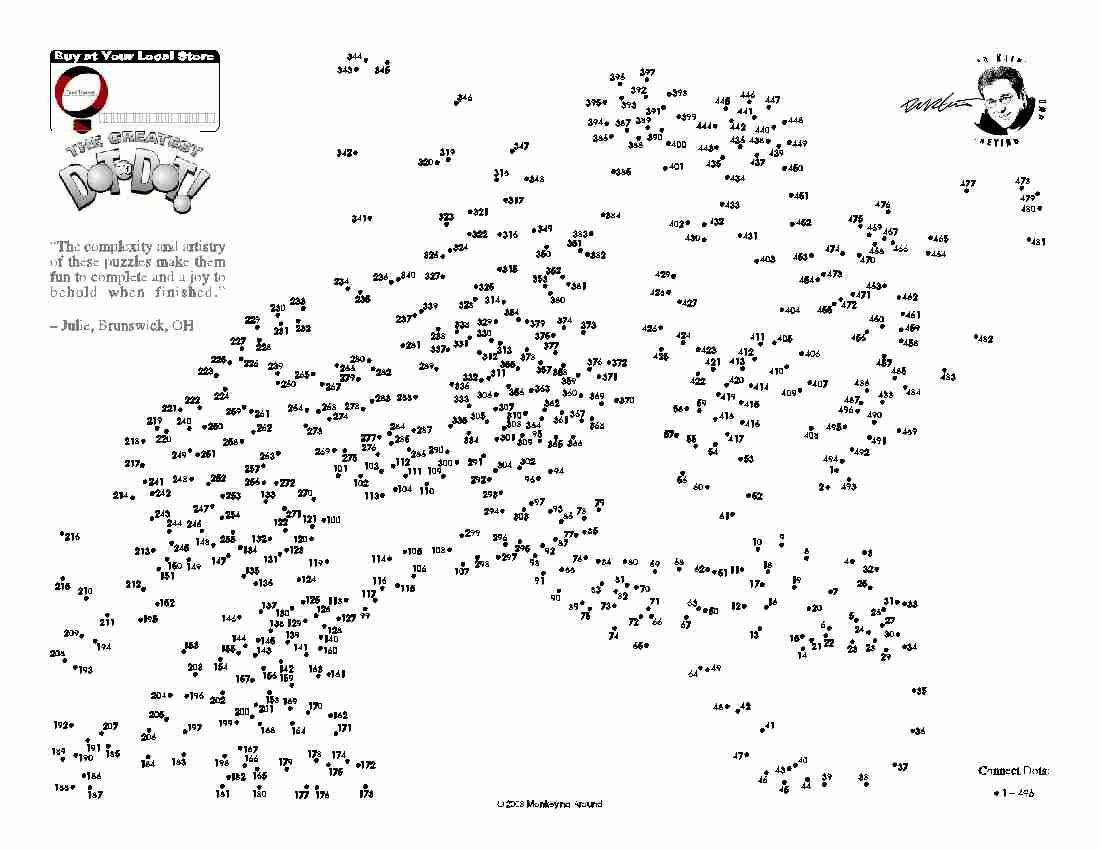Wooden alphabet abc baby puzzle for toddlers 2 3 years
Table of Contents
Table of Contents
I. Introduction
The early years of a child’s life are crucial for their development, especially when it comes to learning the alphabet. Introducing alphabet learning toys to toddlers can have a significant impact on their language and cognitive skills. By making learning fun and engaging, toddlers are more likely to retain information and develop a lifelong love for learning.
In this blog post, we will explore the benefits of using easy alphabet worksheets, discuss the characteristics of effective worksheets for kindergarten, and provide tips for incorporating playfulness into alphabet learning. We will also share printable resources, success stories, and answer common questions about alphabet learning toys for toddlers.
II. Benefits of Using Easy Alphabet Worksheets
Easy alphabet worksheets offer a range of benefits in promoting early literacy skills and encouraging a positive learning experience. Let’s delve into some of these benefits:
A. Engaging Visuals and Designs
Easy alphabet worksheets are designed with bright colors, captivating visuals, and appealing illustrations. These elements enhance a child’s engagement and motivation to explore the world of letters. Through attractive visuals, toddlers can easily connect letter shapes and sounds, making the learning process more enjoyable.
B. Interactive Learning Experience
Unlike traditional textbooks, easy alphabet worksheets offer interactive activities that require active participation from toddlers. These worksheets encourage toddlers to trace and write letters, match letters with objects, and color based on letter associations. This hands-on approach fosters a deeper understanding of the alphabet and enhances overall learning engagement.
C. Reinforces Letter Recognition
Alphabet worksheets provide ample opportunities for toddlers to reinforce their letter recognition skills. By repeatedly tracing and writing letters, toddlers develop visual memory and quickly identify both uppercase and lowercase letters. The consistent practice of letter recognition creates a strong foundation for future reading and writing success.
D. Builds Fine Motor Skills
Easy alphabet worksheets also contribute to the development of fine motor skills in toddlers. Activities such as tracing letters, coloring, and drawing help children enhance their hand-eye coordination and fine motor control. These skills are essential for tasks like writing and drawing, promoting overall dexterity and control in young children.
III. Characteristics of Easy Alphabet Worksheets for Kindergarten
Effective alphabet worksheets for kindergarten share several key characteristics that contribute to successful learning outcomes:
A. Large and Clear Letter Displays
Clear and legible letter displays are essential for young learners. Easy alphabet worksheets feature large letters that are easy to recognize and identify. This ensures that toddlers can focus on individual letter shapes and form a solid foundation for later reading and writing skills.
B. Simple Tracing and Writing Exercises
Kindergarten alphabet worksheets offer simple and guided tracing activities. These exercises provide toddlers with ample practice in forming letters correctly. The step-by-step guidance and repetition help children develop their handwriting skills and confidently write each letter.
C. Fun and Relevant Illustrations
Illustrations play a significant role in capturing the attention of young learners. Easy alphabet worksheets incorporate fun and relevant illustrations that help toddlers associate letters with familiar objects. For example, the letter ‘A’ may be accompanied by an illustration of an apple, fostering letter-object connections and vocabulary development.
D. Incorporation of Playful Activities
To keep toddlers engaged and excited about learning, easy alphabet worksheets incorporate playful activities. These activities may include coloring, drawing, matching games, and puzzles. Such interactive elements create a joyful learning environment and encourage toddlers to actively participate in the learning process.
IV. Components of Effective Kindergarten Alphabet Worksheets
When selecting alphabet worksheets for kindergarten, ensure that they encompass the following components to maximize learning outcomes:
A. Letter Tracing and Writing Practice
Quality alphabet worksheets include ample opportunities for letter tracing and writing practice. This allows toddlers to familiarize themselves with letter shapes and develop their handwriting skills. Consistent practice leads to improved letter formation and legibility.
B. Matching Letters with Objects
Effective worksheets enable toddlers to match letters with familiar objects. This association helps reinforce letter-object connections and builds vocabulary. For example, the letter ‘B’ can be accompanied by an illustration of a ball, encouraging toddlers to recognize the letter and associate it with the object.
C. Alphabet Coloring and Drawing
Coloring and drawing activities in alphabet worksheets allow toddlers to interact with letters in a creative way. By coloring letters and drawing objects starting with specific letters, toddlers deepen their understanding of letter-sound relationships and enhance their artistic expression.
D. Connecting Letters to Sounds (Phonics)
Effective kindergarten alphabet worksheets incorporate phonics activities, connecting letters to their corresponding sounds. By learning the sounds associated with each letter, toddlers develop phonemic awareness, which is crucial for reading and spelling abilities.
V. Incorporating Playfulness into Alphabet Learning
Alphabet learning should be a fun and engaging experience for toddlers. Here are some ideas for incorporating playfulness into alphabet learning:
A. Alphabet Games and Puzzles
Play alphabet games and solve puzzles that involve letter recognition, ordering, and matching. These activities create a playful and interactive environment for toddlers to explore letters and develop their problem-solving skills.
B. Alphabet Scavenger Hunts
Organize alphabet scavenger hunts where toddlers search for objects that start with different letters. This activity not only reinforces letter-object associations but also promotes movement, exploration, and critical thinking skills.
C. Creative Letter Craft Projects
Create letter crafts using various materials such as paper, clay, or recyclable materials. Engage toddlers in the process of forming letters and transforming them into objects or animals. This hands-on approach fosters creativity and letter recognition simultaneously.
D. Singing and Chanting the Alphabet
Sing or chant the alphabet together with toddlers. By incorporating rhythm and melody, toddlers are more likely to remember the order and sounds of each letter. Singing or chanting the alphabet can be a joyful and memorable experience for both toddlers and adults.
VI. Tips for Using Easy Alphabet Worksheets Effectively
While easy alphabet worksheets are valuable resources, it’s important to use them effectively to maximize their impact. Here are some tips to consider:
A. Tailoring Activities to Individual Learning Styles
Observe how your toddler responds to different activities and tailor the worksheets accordingly. Some children may prefer tactile activities, while others may excel with visual or auditory prompts. Personalizing the activities to your child’s learning style enhances their engagement and understanding.
B. Providing Positive Reinforcement and Encouragement
Offer words of encouragement and praise when your toddler completes an activity or shows progress. Positive reinforcement boosts their confidence and motivation to continue exploring the world of alphabet learning. Celebrate their achievements, no matter how small.
C. Balancing Structured Learning with Free Exploration
Balance structured learning activities with opportunities for free exploration. While worksheets provide a structured approach, giving toddlers time to explore letters through unstructured play fosters their creativity and imagination. Allow them to experiment with letters in a relaxed and open-ended environment.
D. Using Worksheets as Starting Points for Conversations
Use the topics and themes presented in worksheets as starting points for conversations. Ask open-ended questions and encourage your toddler to describe their favorite objects or share their thoughts. This encourages language development and critical thinking skills.
VII. Printable Resources: Easy Alphabet Worksheets for Kindergarten
When it comes to finding quality alphabet worksheets for kindergarten, various resources are available. Here are some options for obtaining printable worksheets:
A. Where to Find Quality Worksheets
Explore educational websites, online marketplaces, and educational supply stores for printable alphabet worksheets. Websites dedicated to early childhood education often offer a wide range of free and paid worksheets covering various learning objectives.
B. Customizing Worksheets for Specific Needs
If your child has specific learning needs or is at a different skill level, don’t hesitate to customize the worksheets. Adapt the letter sizes, add additional guidance, or modify the activities to suit your child’s individual requirements. This personalization ensures optimal learning outcomes.
C. Creating Your Own Worksheets at Home
You can also create your own alphabet worksheets tailored to your child’s preferences and interests. Utilize available templates or design your own using simple software or even pen and paper. The process of creating worksheets together can also be a collaborative and enjoyable activity.
VIII. Case Studies: Success Stories with Easy Alphabet Worksheets
Real-life success stories demonstrate the positive impact of easy alphabet worksheets on toddlers’ learning journeys. Here are a few examples:
A. Real-Life Examples of Kindergarten Learners
Emily, a kindergarten learner, struggled with letter recognition and writing. However, with the help of engaging alphabet worksheets, Emily’s skills improved significantly. She now confidently identifies letters and enjoys practicing her handwriting through tracing activities.
B. How Fun Worksheets Boosted Learning Engagement
James, a parent, noticed that his son Jacob was losing interest in traditional learning methods. Introducing fun alphabet worksheets reignited Jacob’s enthusiasm for learning. His engagement and excitement motivated him to explore letters actively, resulting in remarkable progress.
C. Feedback from Parents and Educators
Parents and educators who have incorporated easy alphabet worksheets into their teaching express positive feedback. They note significant improvements in letter recognition, handwriting skills, and overall enthusiasm for learning. The mix of structured activities and playfulness contributes to a well-rounded learning experience.
IX. Question and Answer about Alphabet Learning Toys for Toddlers
Here are some commonly asked questions about alphabet learning toys for toddlers:
1. What are some basic alphabet activities for kindergarten?
Some basic alphabet activities for kindergarten include letter matching games, letter tracing exercises, and interactive alphabet books.
2. How can I make alphabet learning fun for my child?
You can make alphabet learning fun by incorporating games, songs, and hands-on activities. Use toys and interactive materials to engage your child’s interest and make the learning process enjoyable.
3. Are there any educational alphabet worksheets available for toddlers?
Absolutely! There are numerous educational alphabet worksheets available for toddlers online. These worksheets focus on letter recognition, tracing, and other foundational skills.
4. What are some engaging alphabet exercises for children?
Engaging alphabet exercises for children include alphabet puzzles, sensory letter activities, and alphabet scavenger hunts.
X. Conclusion
Alphabet learning toys for toddlers play a crucial role in early literacy development. By using easy alphabet worksheets and incorporating playfulness into the learning process, toddlers can build a strong foundation for future language skills. Remember to tailor activities to individual learning styles, provide positive reinforcement, and balance structured learning with free exploration. With the right resources, support, and encouragement, children can embark on an exciting journey of alphabet discovery and enjoy the lifelong benefits of early literacy.
Gallery
VTech Ultimate Alphabet Activity Cube Learning Toy Baby Toddler Infant
Photo Credit by: bing.com / baby learning vtech alphabet ultimate activity toy cube toddler infant fun play details
15 Best Alphabet Learning Toys (2021 Picks) - Mom Loves Best | Learning
Photo Credit by: bing.com /
Upper Case Alphabet Letters Wooden Puzzle Learning Board Toy Ideal For
Photo Credit by: bing.com / sturdy
Wooden Alphabet ABC Baby Puzzle For Toddlers 2 3 Years - Alphabets Name
Photo Credit by: bing.com / alphabets jigsaw
VTech, Alphabet Apple, ABC Learning Toy, Preschool Toy - Walmart.com
Photo Credit by: bing.com / vtech






